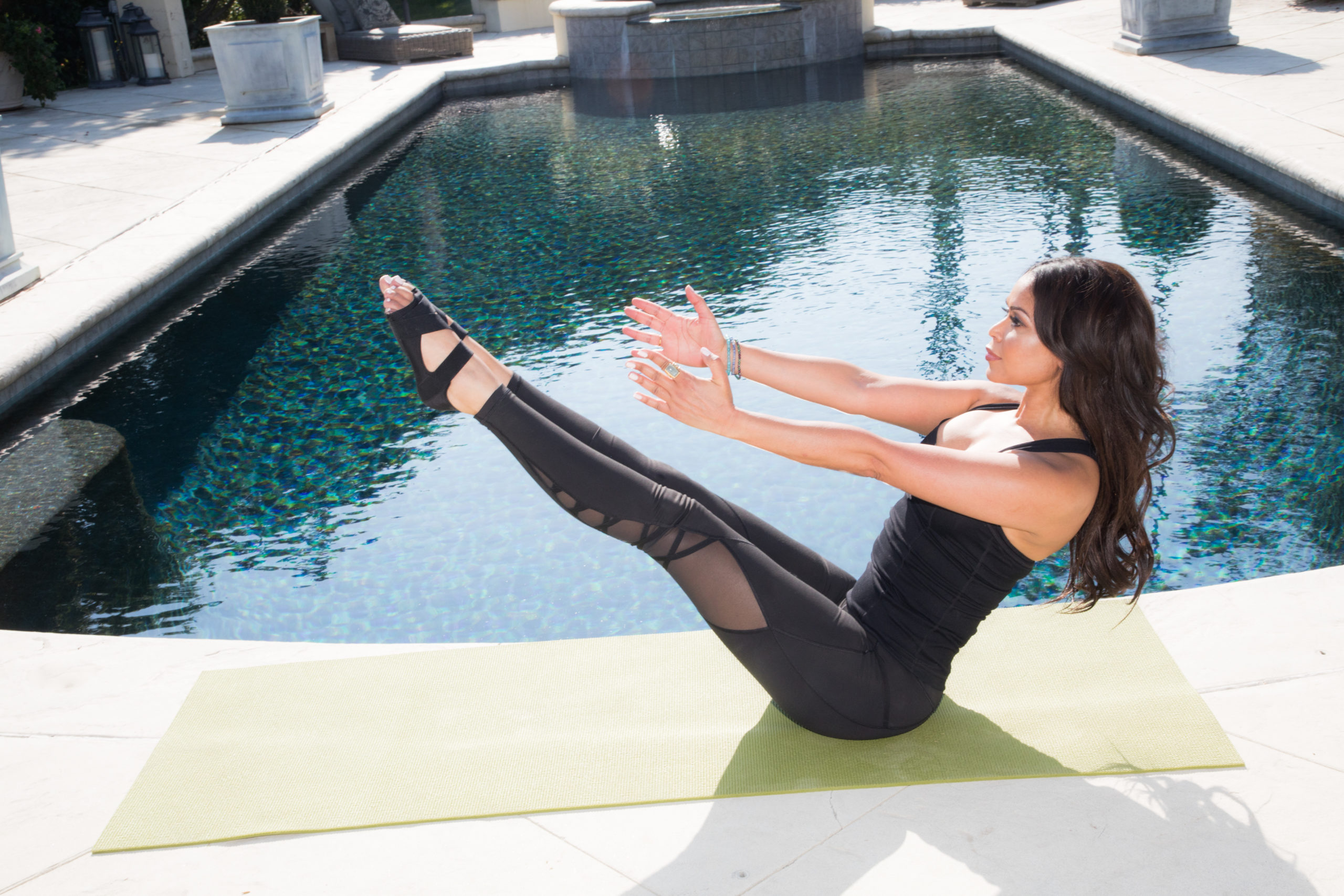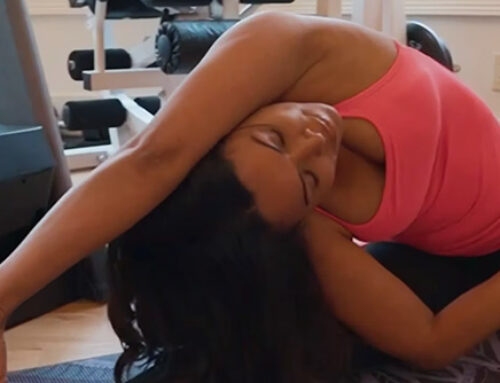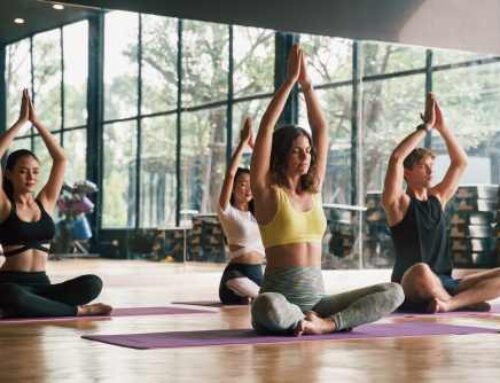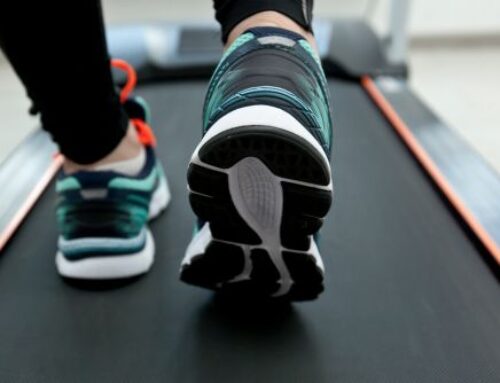Hip imbalances lead to all kinds of trouble, including a tucked tailbone that can pull your pelvic muscles out of alignment. This can lead to weakness and pain, especially if you’ve had kids. Making your deep hip flexors stronger represents the best chance you have of staying in balance and preventing this dysfunction, which is why I advocate the Boat Pose, especially for people concerned about their alignment.
Boat Pose or Paripurna Navasana is not a pose you can pick up and master as a beginner. You have to work at it! But as with many challenging yoga poses, the work pays off in health benefits. Read on to learn why people work hard to master the Boat Pose and how you can pull it off effectively in your sequence.
Benefits of Boat Pose
As yogis, even expert ones, we tend to stretch and lengthen muscles without strengthening them. The hip flexors represent the problem with doing this. They can get overstretched but not strong, which is common for people who frequently practice yoga. This leads to weak abdominals, imbalanced hips, overworked hamstrings, and more stress in your entire body.
Boat Pose represents the counter for this pattern of imbalance. It tones up your abs, stretches your hamstrings, and stimulates your vital organs. This leads to better kidney and thyroid function as well as healthier digestion.
Any pose that improves balance and enervates your organs leads to stress relief in addition to all its other benefits.
How to Do the Pose
Boat Pose begins sitting up on the floor. Place your hands next to your hips, a little behind you, fingers facing forward, legs stretched straight. As you push, you want to lean back without slumping. You should feel a lengthening in your torso and all your weight going straight down through your arms and sits bones.
As you exhale, bend your knees and lift your feet by pushing from your arms. Try to feel your tailbone widen against the floor as you lift your legs. The goal is to get your toes as high as possible while keeping your knees straight. However, most of us will instinctively bend our knees. That’s okay! This is a hard pose.
If you find that you can’t get your toes up to your eye level without bending your knees (most of us can’t at first!), bend your knees instead and do the pose by raising your shins until they’re flush with the floor.
Boat Pose will give you a good stretch in your arms as well. Your shoulders should feel spread as you press into your fingers. Remember to breathe regularly! You want your abdomen to strengthen and feel firm, but we don’t want to seize it up. This can lead to holding and hardening, placing more stress on the musculature than it relieves. Tilt your head forward until it’s no longer lax or leaning back so your spine stays straight from your tailbone to your head.
Tips
Boat Pose makes it tempting for beginners to try and prioritize the height of their legs above everything else. However, if your alignment isn’t correct, it doesn’t matter how high your feet are! Make sure you roll your pelvis on the floor so that your tailbone is not tucked. In fact, you should be focused totally on your tailbone and the floor, not your legs. You can’t get the right benefits from this pose unless your body is stabilized on your thigh bones with your glutes rolled in.
To make the pose easier, you can place a yoga block between your thighs at the very top of your legs. If you squeeze into the block (gently!) you should have more control over the pose.
The Takeaway
Boat Pose offers experienced yogis a great stretch through their abdomen that improves core stability and strengthens the hip flexors. This helps keep your pelvis in alignment and prevents certain muscles from working too hard to bear the load of others that have gotten too tight.
However, the pose can’t work its magic unless you place your weight properly over your sits bones and stop thinking so much about lifting your legs. You can only lift your legs properly as high as your tight flexors and overloaded hamstrings will let you! Forcing it will make your problems worse. As a beginner, do as much of the pose correctly as you can and keep practicing to get its essential strength. The rest will come.





Good post. I learn something new and challenging on blogs I stumbleupon everyday.
It’s always useful to read through content from other authors and use something from other websites.
Thanks for the marvelous posting! I definitely enjoyed
reading it, you’re a great author.I will remember to bookmark your blog and will come back at
some point. I want to encourage you continue your great work, have a nice evening!
After examine a few of the blog posts on your website now, and I truly like your approach of blogging. I bookmarked it to my bookmark web site record and will probably be checking back soon. Pls try my web page as effectively and let me know what you think.
Here we are here to look for information that can make us gain insight. thank you for this good article .